The Danger of Focusing on Specs
Many years ago I was a sysadmin for a medium-sized tech company, and a fringe benefit of that role was getting first choice at stacks of “obsolete” computers that were about to be thrown away. They say that one man’s trash is another man’s treasure, and that is even truer when the first man ran Windows, but you run Linux. It has long been known among the Linux community that a Windows computer that was “too slow to use” and about to be thrown away, could be transformed into a brand new computer simply by installing Linux on it. While my Windows-using colleagues were replacing computers every two or three years as they grew slower and slower with age, I found my Linux-using friends and myself were often using the same hardware (even second-hand hardware) for at least twice as long. Even when I replaced hardware with something new, I found that the old hardware still performed, for the most part, as well as it did when I started using it. The hardware specs didn’t matter nearly as much as the software that ran on it.
Even today, many people still fall into the trap of relying solely on specs to gauge whether hardware is “fast” or “slow” and forgetting the giant role software has to play in performance. Both hardware and software companies incentivize this mentality, as it means more frequent sales for hardware vendors, and customers who are more likely to blame their “old” hardware than bloated software for poor performance. In this article I will discuss some of the consequences that come when you only assess hardware by specs.
The Upgrade Treadmill and Planned Obsolescence
While the consensus today is that Moore’s law is slowing down (the idea that semiconductors double their density every eighteen months, which many have misquoted as “speed doubles every eighteen months”), having this observation hold for many decades has caused a lot of unintended consequences when it comes to how consumers view hardware specs. There is an unspoken assumption that computers will get significantly faster every year, and whatever computer you have today will be outdated (and slow) in only a couple years’ time. For many enterprise companies, this has meant that any hardware they buy will have a shelf life of around three years before it is too old to use and will need to be replaced.
This is even truer in the smartphone market, (which I have written about before), where cellular carriers and smartphone vendors push consumers toward a two-to-three-year lifecycle for phones. Both parties have perverse incentives to get you to replace your hardware that frequently, whether it’s extra smartphone sales for the hardware vendors, or renewed multi-year contracts for cellular companies. Android takes this a step further by only granting the average smartphone OS updates for a couple years, and security updates for a few years after that. Even if your Android smartphone still performs fine after a few years (which it typically doesn’t if you do apply OS and app updates), if you care about security you will inevitably have to throw the phone away.
This mentality has had a significant impact on how software is developed as well. For decades the latest computers games were developed with the assumption that the best available hardware on release would be adequate to play the game on default settings, but it might take a year or two before cutting-edge hardware could play the game with its best graphics. Android app developers also have this mentality, as they typically develop and test their app’s performance on cutting-edge flagship phones, with the understanding that most of their userbase will be forced to upgrade one way or another every few years to faster hardware. Their userbase typically does upgrade, because like with Windows, Android phones tend to get slower with age, not just because of OS or app bloat, but because of the prevalence of spyware that accumulates on those platforms over time, robbing the hardware of resources as they run in the background.
We run into this mentality frequently, even though we develop computers that don’t run Windows and phones that don’t run Android or iOS. In particular, some people will look at the Librem 5 specs, compare it to the latest flagship Android phone, and make the mistake of thinking there is any means of comparison. Their assumption is that the Librem 5 may have been fast a few years ago, but now time had somehow made it slower. The reality is that since the Librem 5 is running PureOS, not Android, and we have designed the hardware and software from the beginning for longevity (including lifetime software updates), it actually performs better today than it did years ago.
We continue to put work into optimizing Librem 5 software to make the most of its hardware, and we still have more performance and features to wring out of the platform. When it comes to performance over time, it is much closer to a gaming console in that respect than a computer. While Android users might have to care about the latest and greatest phone specs to get reasonable performance, Librem 5 customers can jump off of the upgrade treadmill and stick with a platform built for longevity.
This focus on hardware specs instead of software performance means few consumers pressure vendors to build repairable hardware that lasts, or software that performs well. The assumption is that they will have to buy new hardware in a few years anyway, since their current hardware will surely be slow and outdated by then. When consumers only consider price and specs, the result is hardware that is cheap and disposable.
Right to Repair and The Growing Pile of Ewaste
A big (and growing) problem with the upgrade treadmill and planned obsolescence is that it leads to people throwing away perfectly good hardware after a few years. Sometimes it’s because their software has become so bloated (and their operating system so loaded with spyware) that the hardware no longer performs well. Other times it’s because something breaks. Because the vendor has planned for obsolescence to begin with, they have no incentive to make hardware easier to repair. As a result we have laptops and smartphones that get thrown away instead of repaired and reused sometimes just because the battery no longer holds a charge.
Hardware makers are even planning for obsolescence in the secondary market. In the name of security, phones and some laptops are now relying on hardware security chips that are linked with the original owner’s identity, to unlock and boot the device. If that hardware is lost, stolen, or the user simply forgets to unlock it before getting rid of it, it becomes a brick with no option to factory wipe it and re-use it. A recent Gizmodo story pointed out this problem with the MacBook secondhand market, where refurbishers are finding the most recent batches of decommissioned MacBooks from enterprises can’t be resold, but instead have to be scrapped for parts.
I also experienced this phenomenon first-hand with a recent Android device. We have found that old Android devices make nice audiobook readers when doing chores around the house. They are inexpensive so you don’t worry as much about dropping them or breaking them while doing chores. When one of the recent audiobook players my wife was using broke, I hunted around my stack of old electronics and found an Android phone that used to belong to my father (he passed away a few years before). Unfortunately, his Android device was new enough that it implemented this hardware lock feature, and since he was no longer alive, I couldn’t ask for his PIN or fingerprint. None of the sketchy (and wow are they sketchy!) sites that claim to offer workarounds for these protections worked for this hardware, so I was stuck with perfectly good hardware that was now a brick and had to become ewaste.
Specs to Focus On
It is natural to give some attention to specs when evaluating hardware. After all it is one of the few tangible metrics you can consider, even though it can be misleading. If you do consider hardware specs, consider them in the context of longevity, not from a “higher numbers are better” perspective, but factoring in how the hardware specs apply to how many years you can successfully use the hardware. Here are a few specs you should focus on:
- How much of the hardware is repairable and upgradable after purchase?
- Does the vendor document and encourage you to repair and upgrade the hardware?
- How long does the vendor offer OS updates for that hardware?
- How long does the vendor offer security updates for that hardware?
- How does the vendor’s OS perform on the hardware, and does performance improve or degrade over time?
- Does the vendor provide firmware updates for only their most recent hardware, or their back catalog as well?
The key to evaluate hardware with specs without creating blind spots or unintended consequences, is to focus on the total life of the hardware, and choose vendors that make longevity a priority.
Purism Products and Availability Chart
| Model | Status | Lead Time | ||
|---|---|---|---|---|
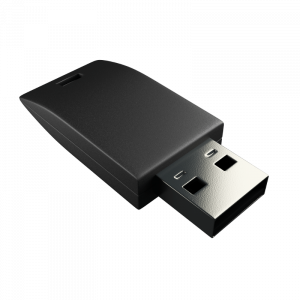 | Librem Key (Made in USA) | In Stock ($59+) | 10 business days | |
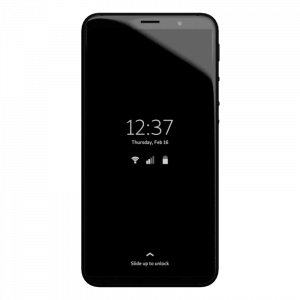 | Liberty Phone (Made in USA Electronics) | In Stock ($1,999+) 4GB/128GB | 10 business days | |
 | Librem 5 | In Stock ($799+) 3GB/32GB | 10 business days | |
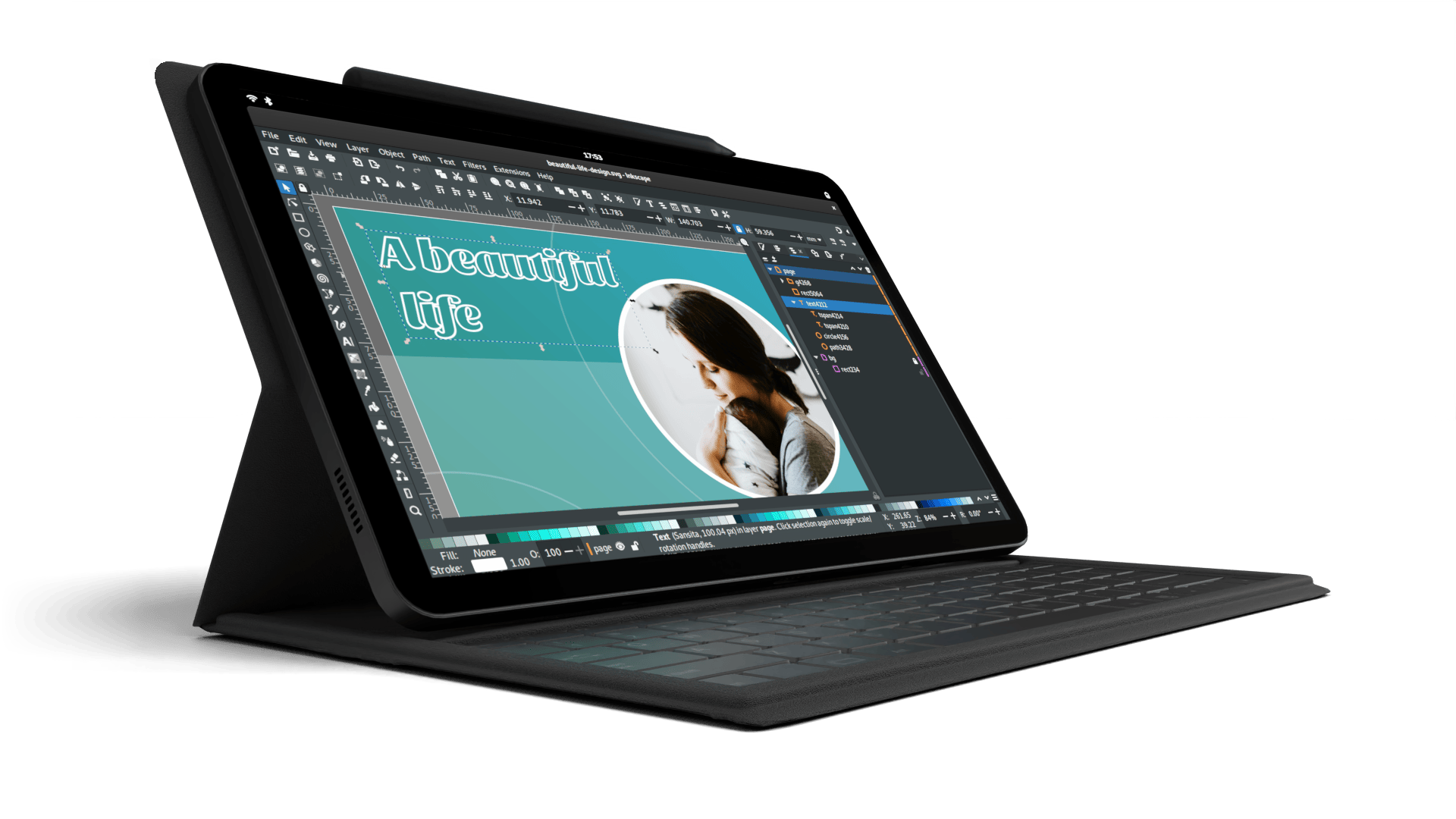 | Librem 11 | Backorder ($999+) 8GB/1TB | 10 business days | |
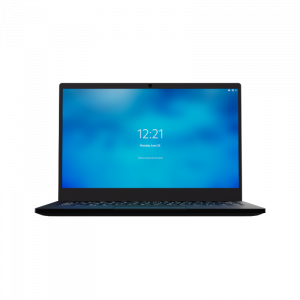 | Librem 14 | Out of stock | New Version in Development | |
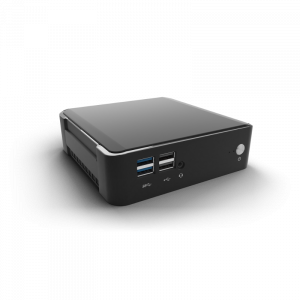 | Librem Mini | Out of stock | New Version in Development | |
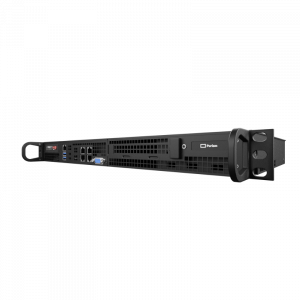 | Librem Server | In Stock ($2,999+) | 45 business days |
Recent Posts
- The 2025 Most Secure Phone in The World Reviews Are In: Efani, Analytics Insight, Navi, and Cashify
- Why Purism Manufactures Electronics in the USA
- CNN Report: Purism is the Only Known U.S. Phone Manufacturer
- PureOS Crimson Development Report: May 2025
- Purism Liberty Phone free from tariffs, as reported by Yahoo Finance
Related Content
- Purism Liberty Phone free from tariffs, as reported by Yahoo Finance
- Hidden Operating Systems in Chips vs. Secure, Auditable OSes: A Cybersecurity Comparison
- Google Restricts Android Sideloading—What It Means for User Autonomy and the Future of Mobile Freedom
- How Big Tech Exploits Apps to Circumvent Privacy Laws & a Solution from Purism
- Apple Moves iPhone Production to India—Purism Has Been Leading the Way for Years


